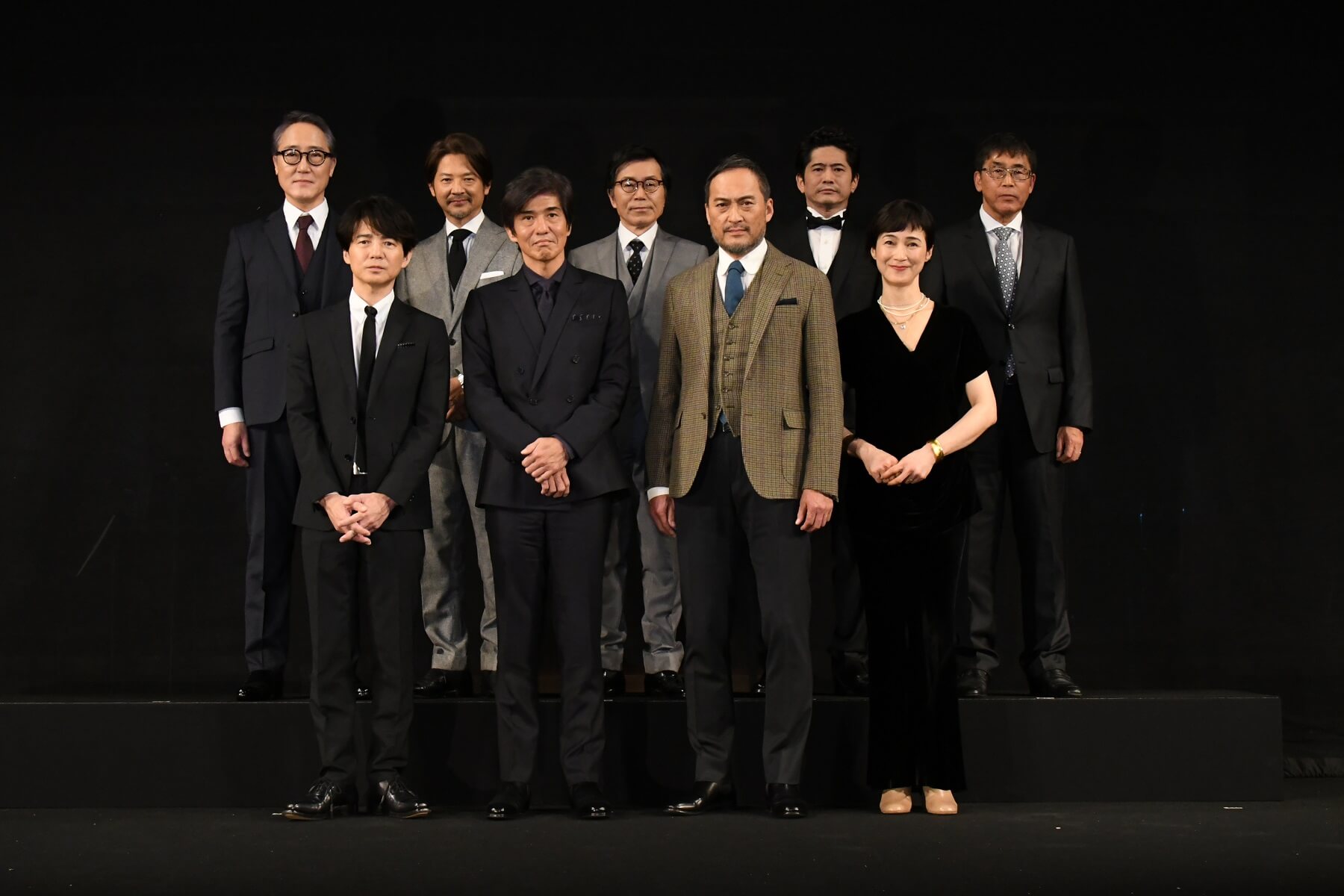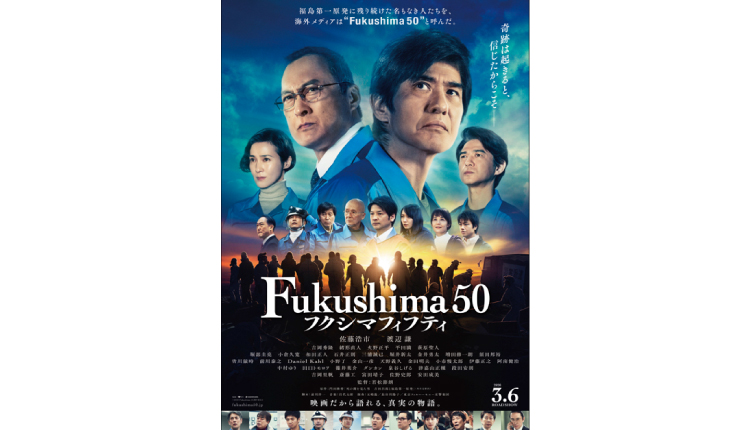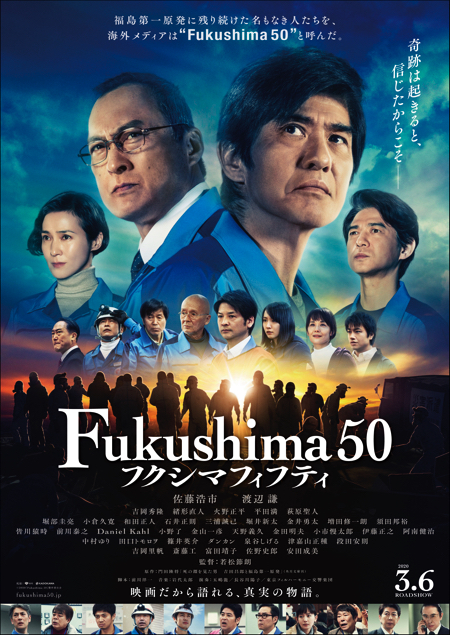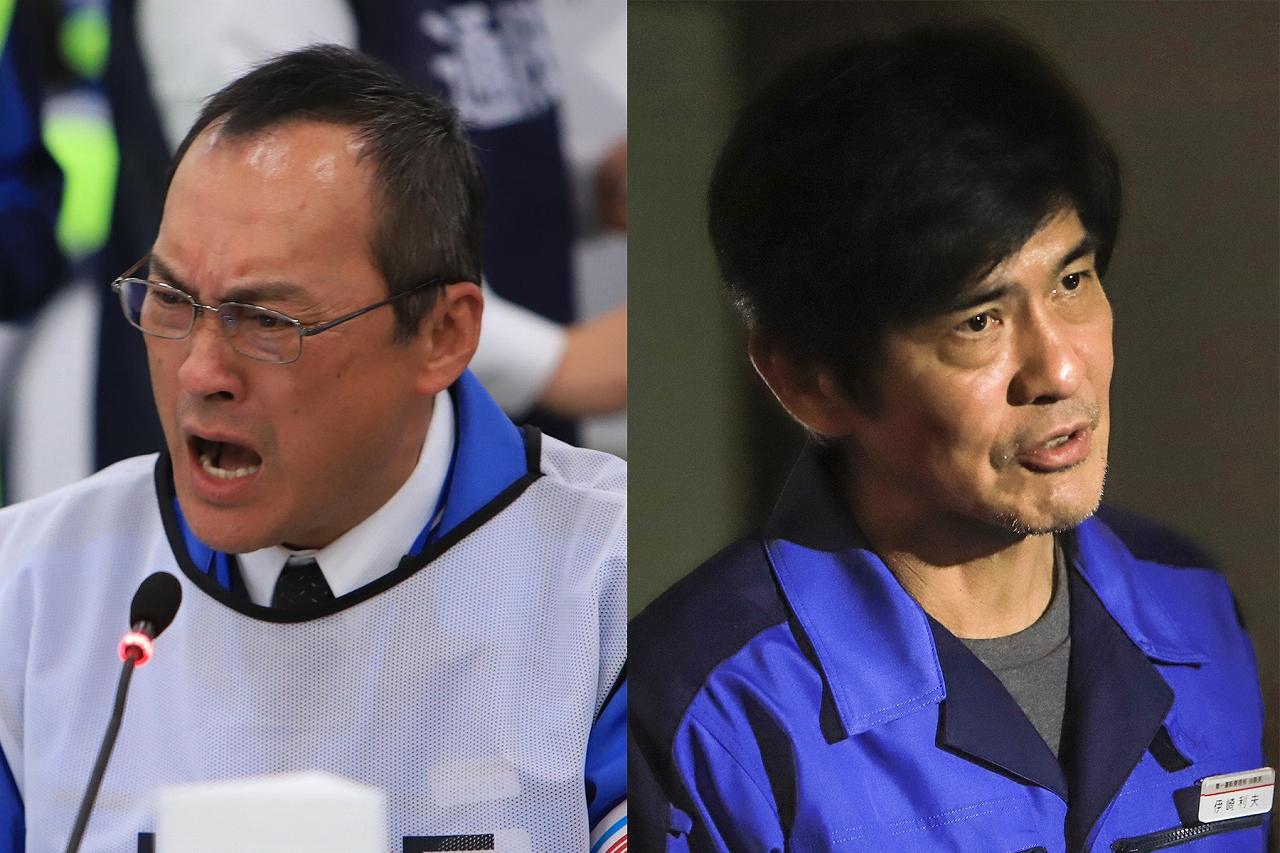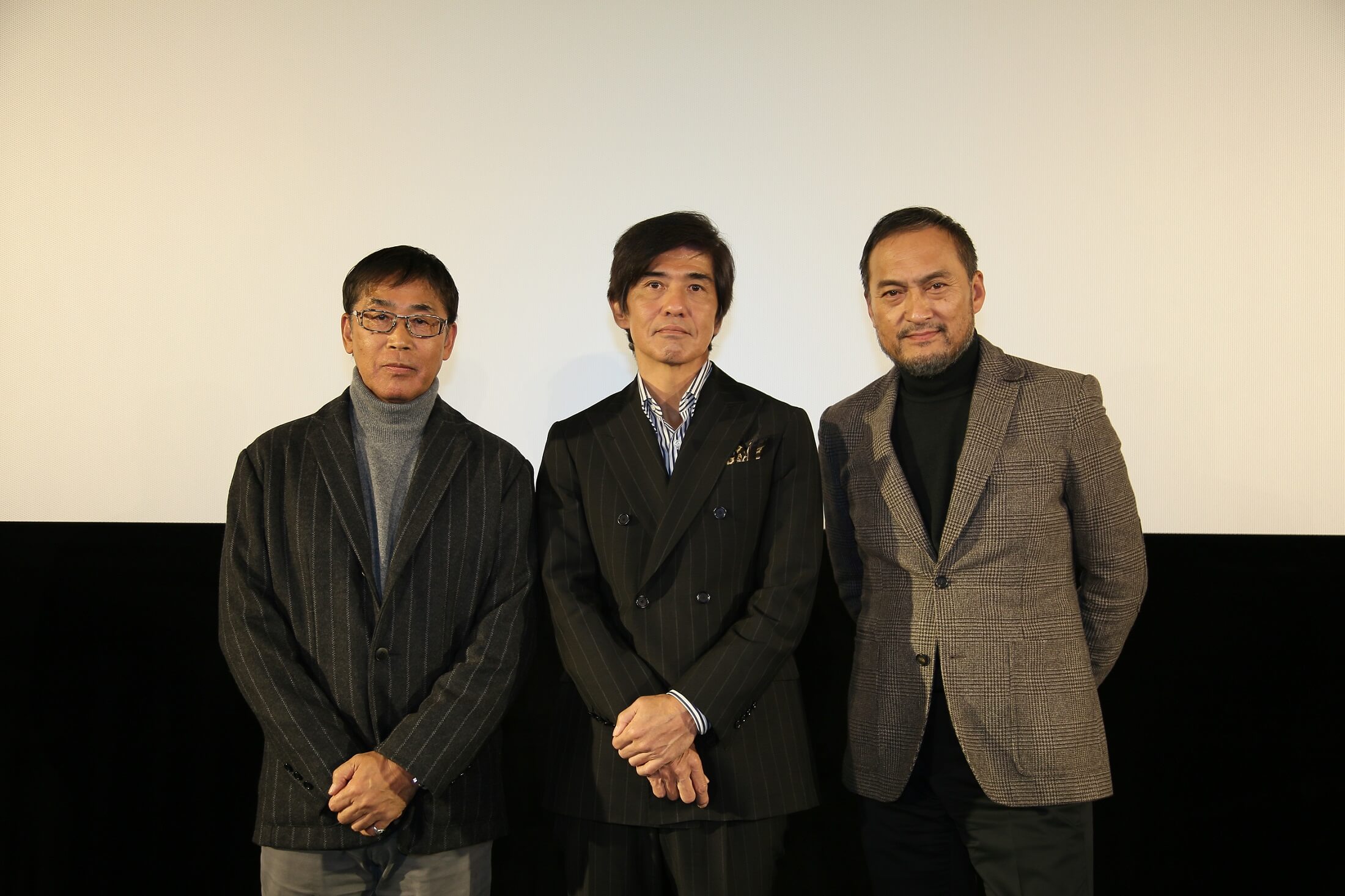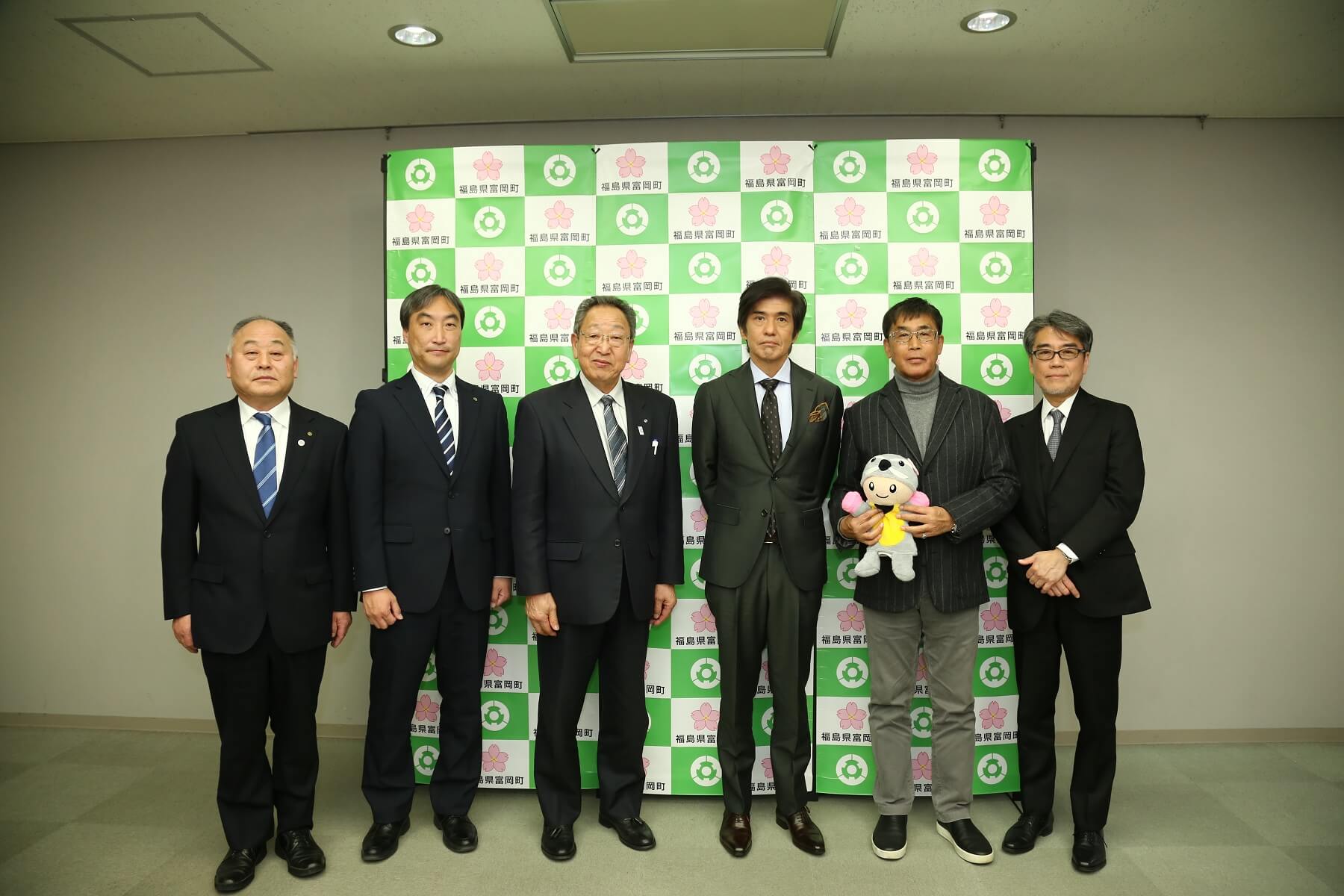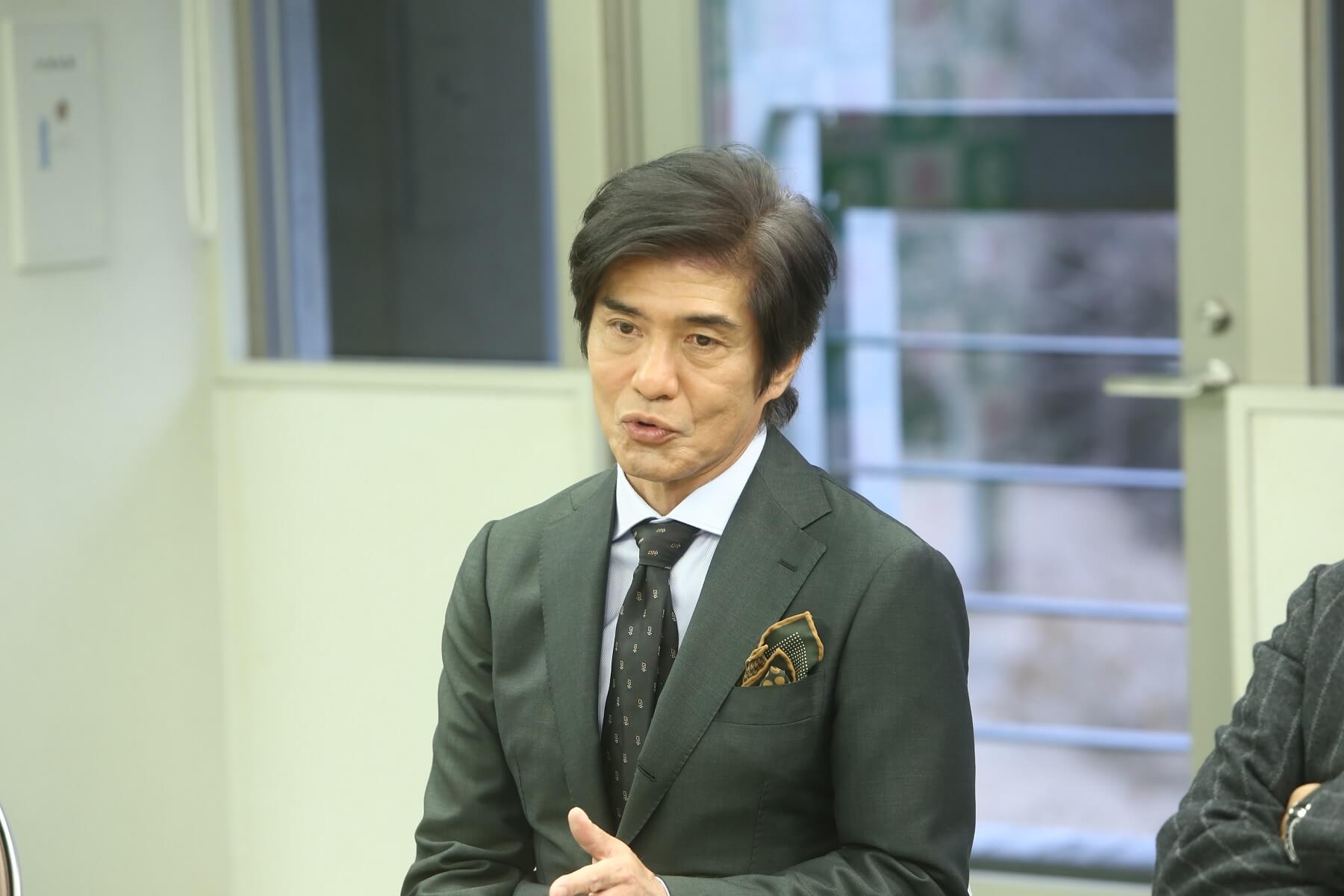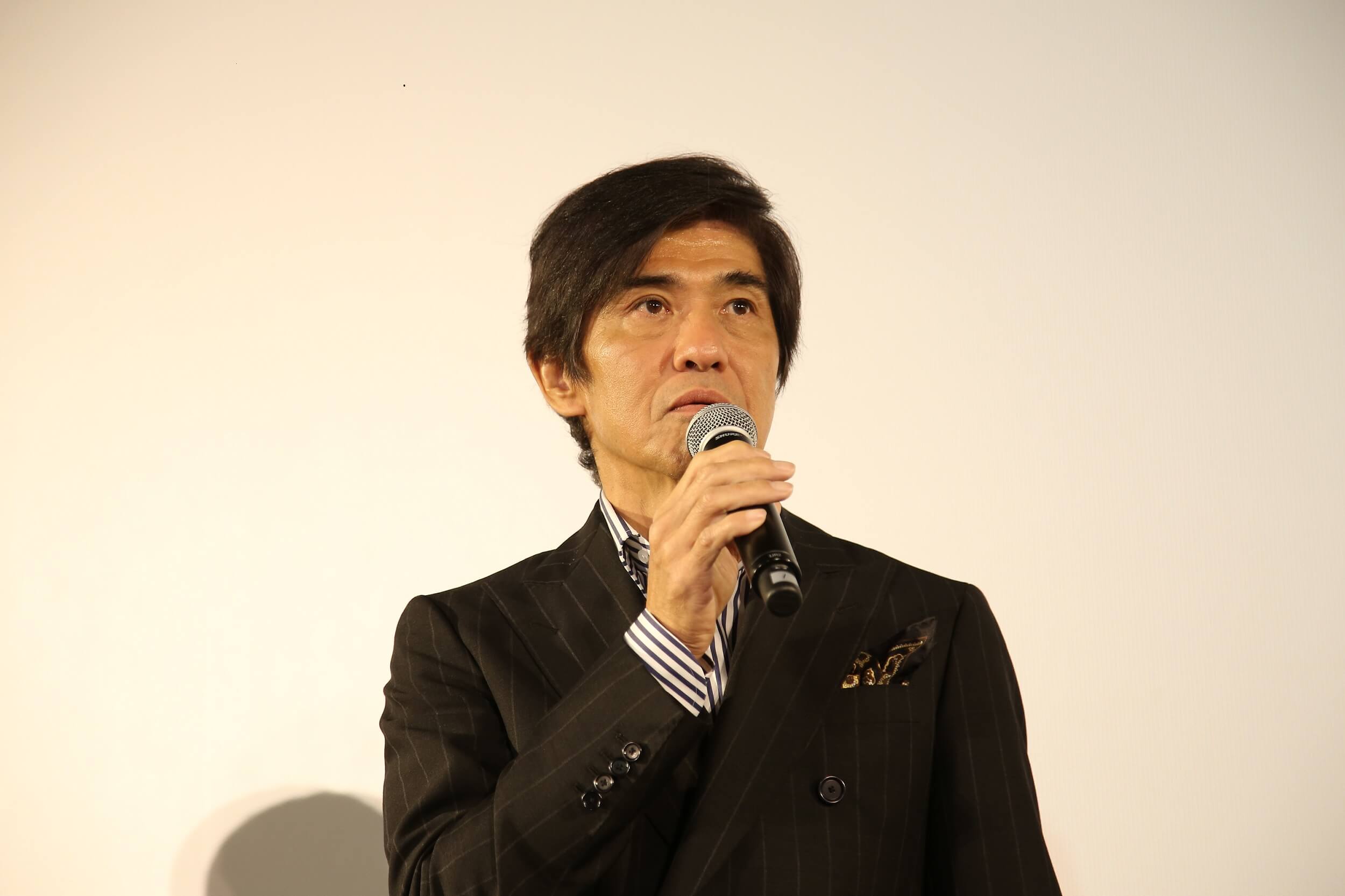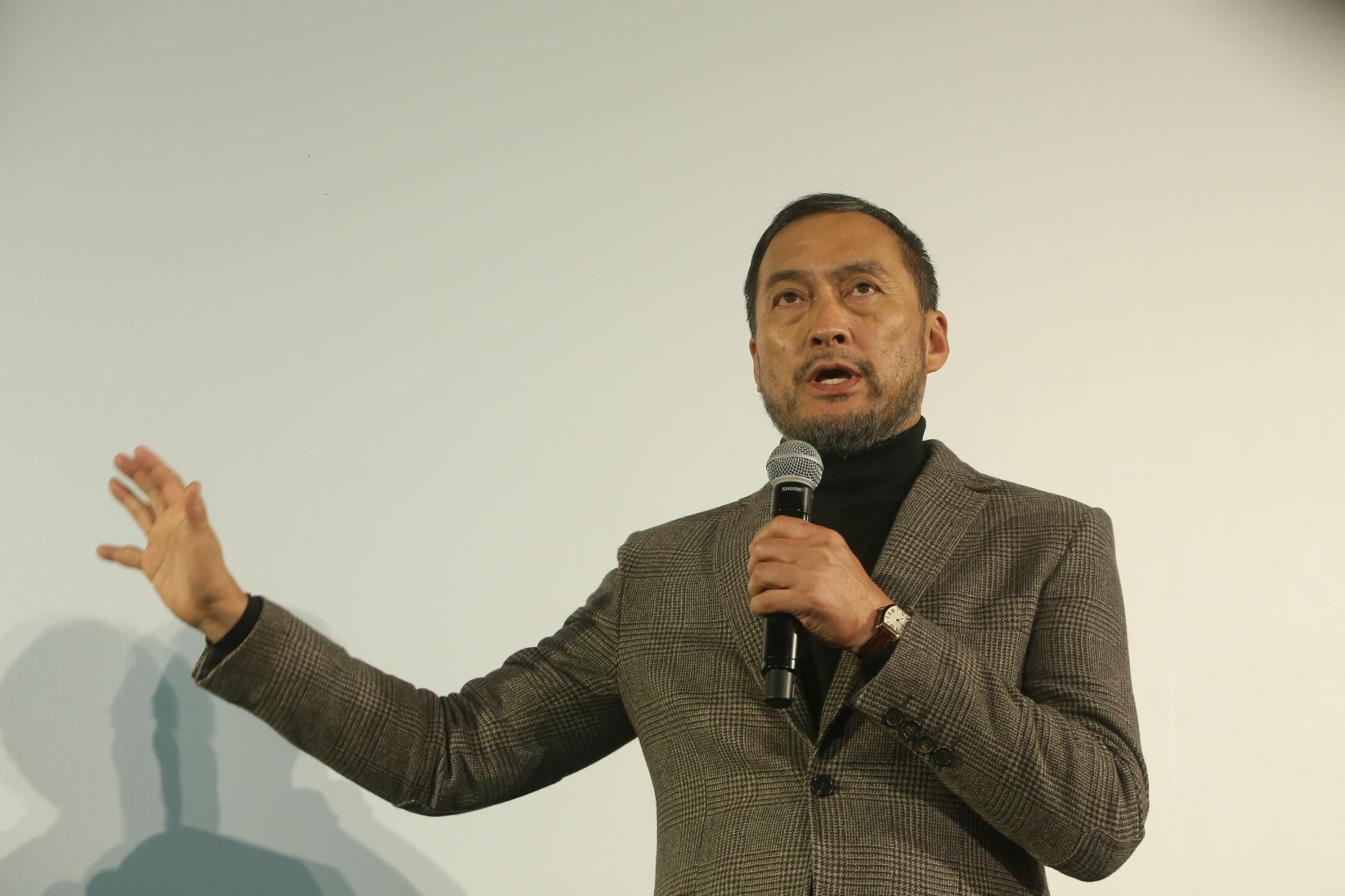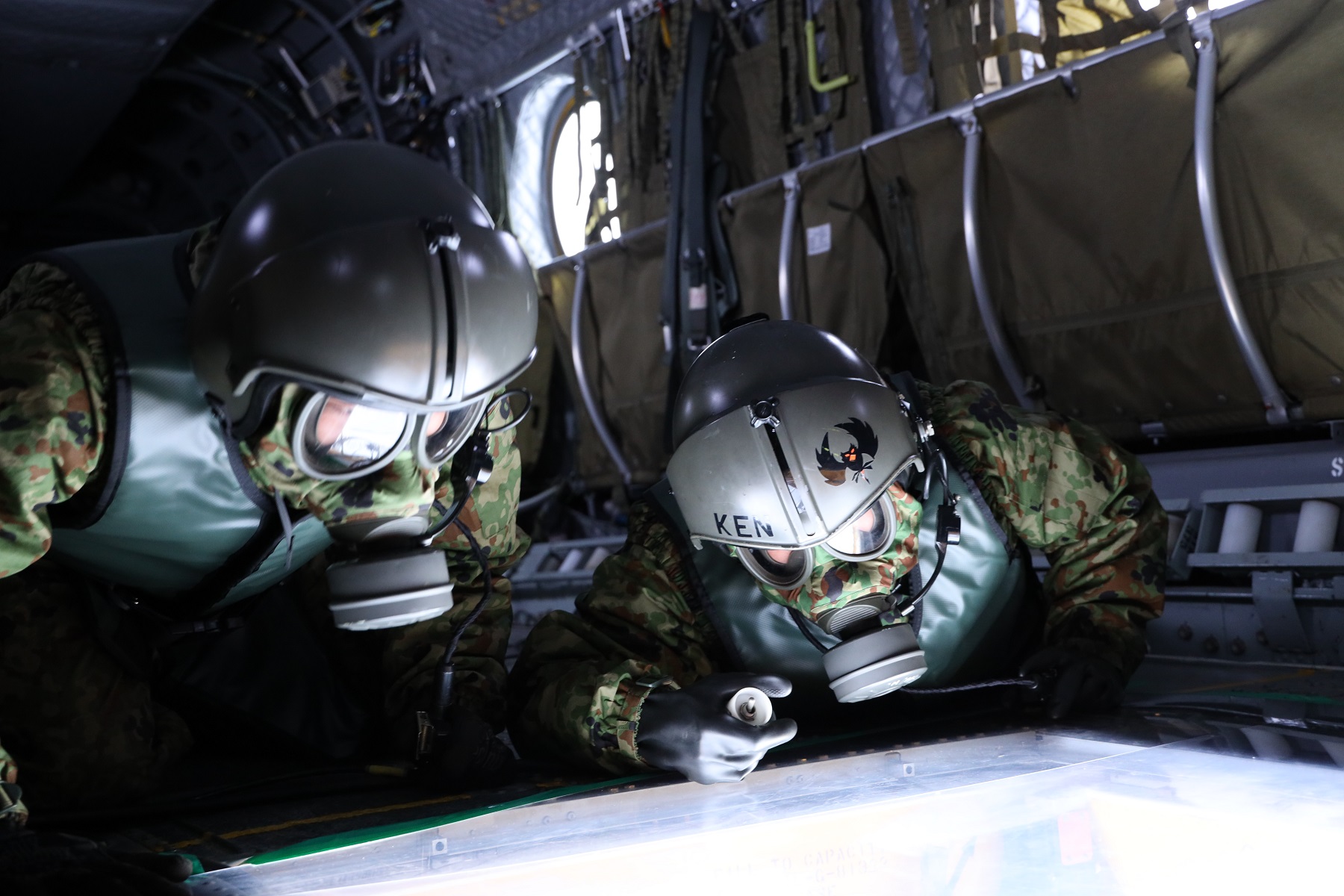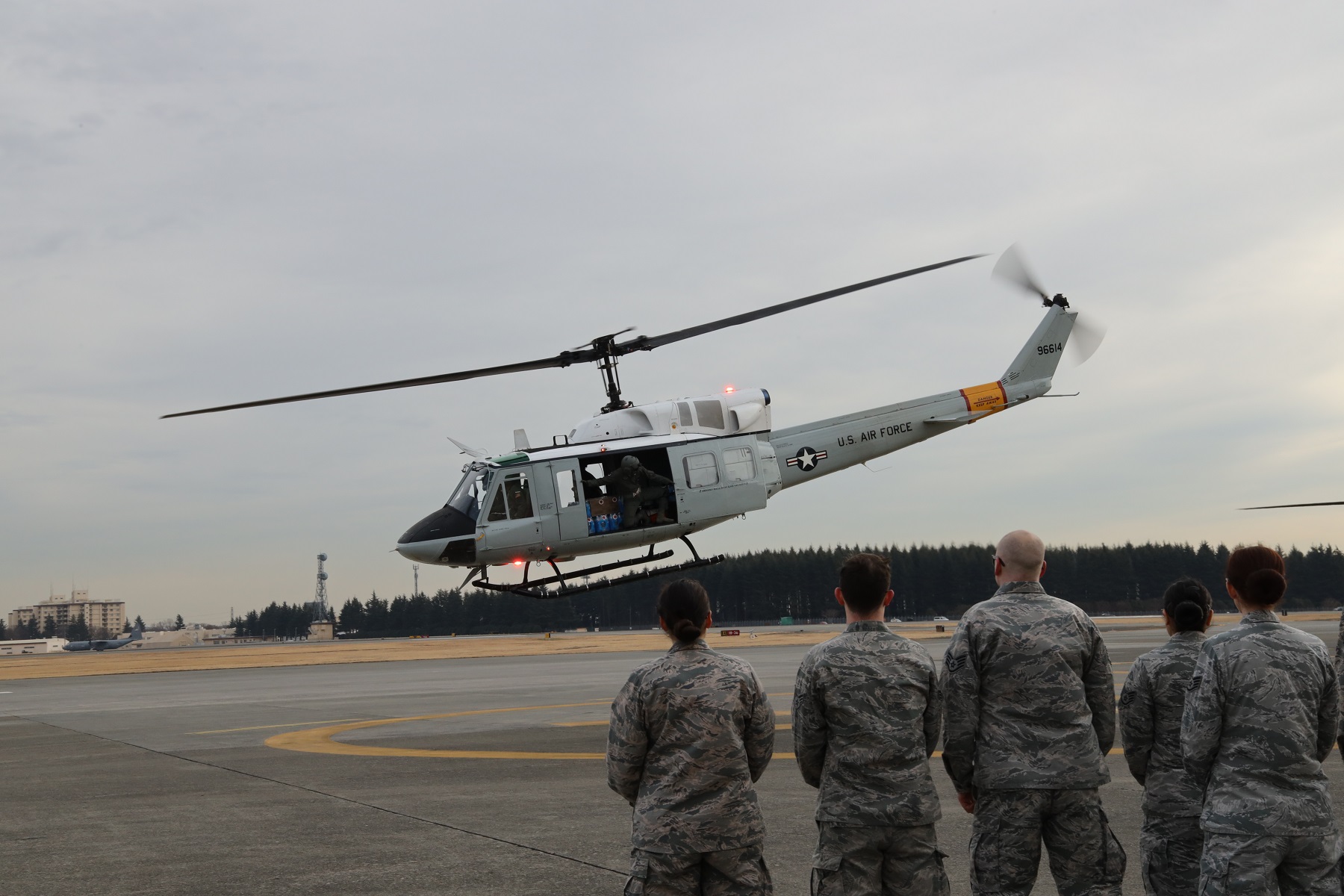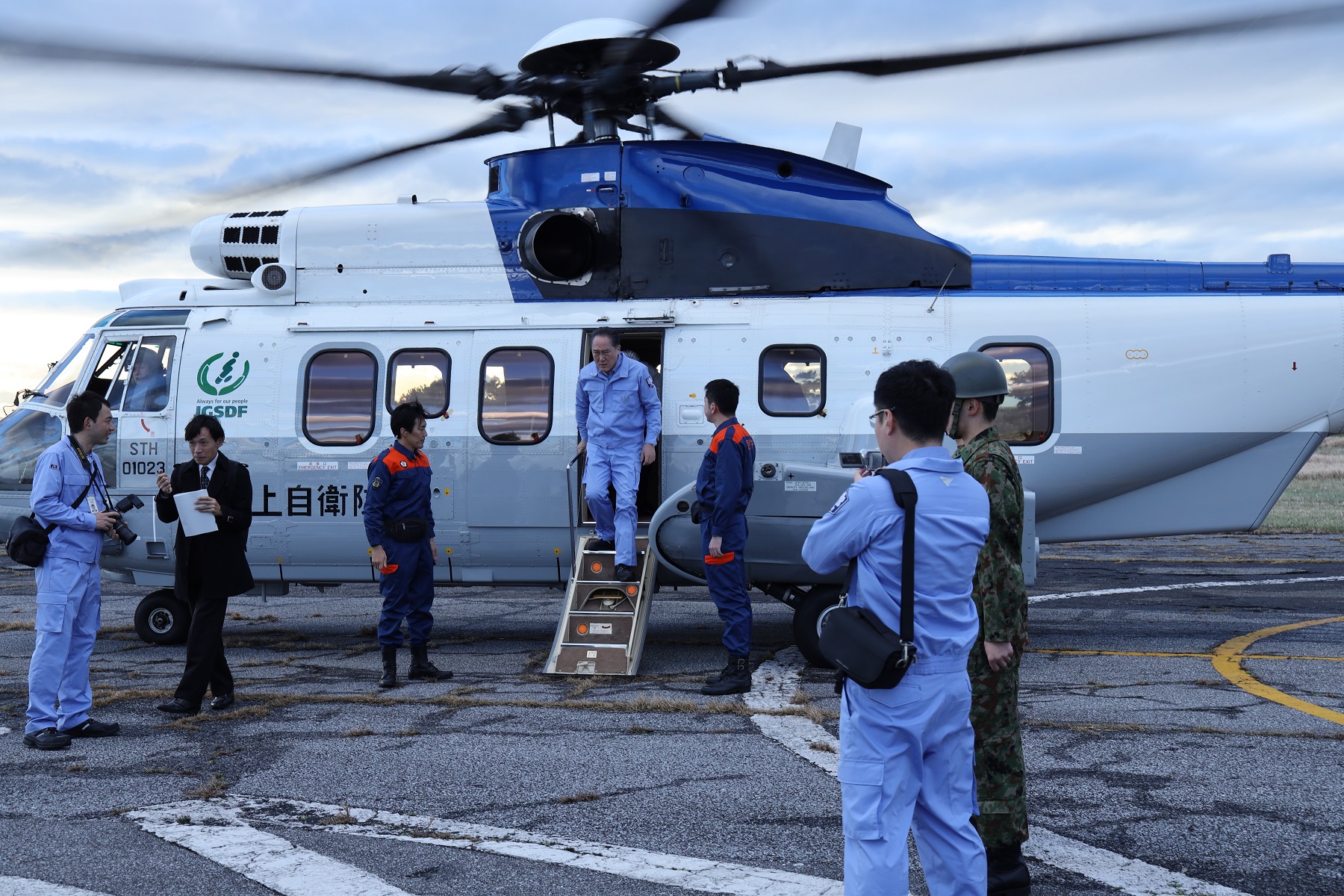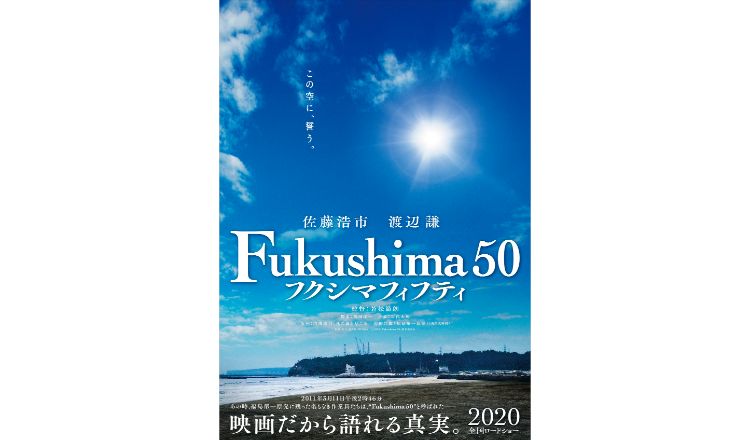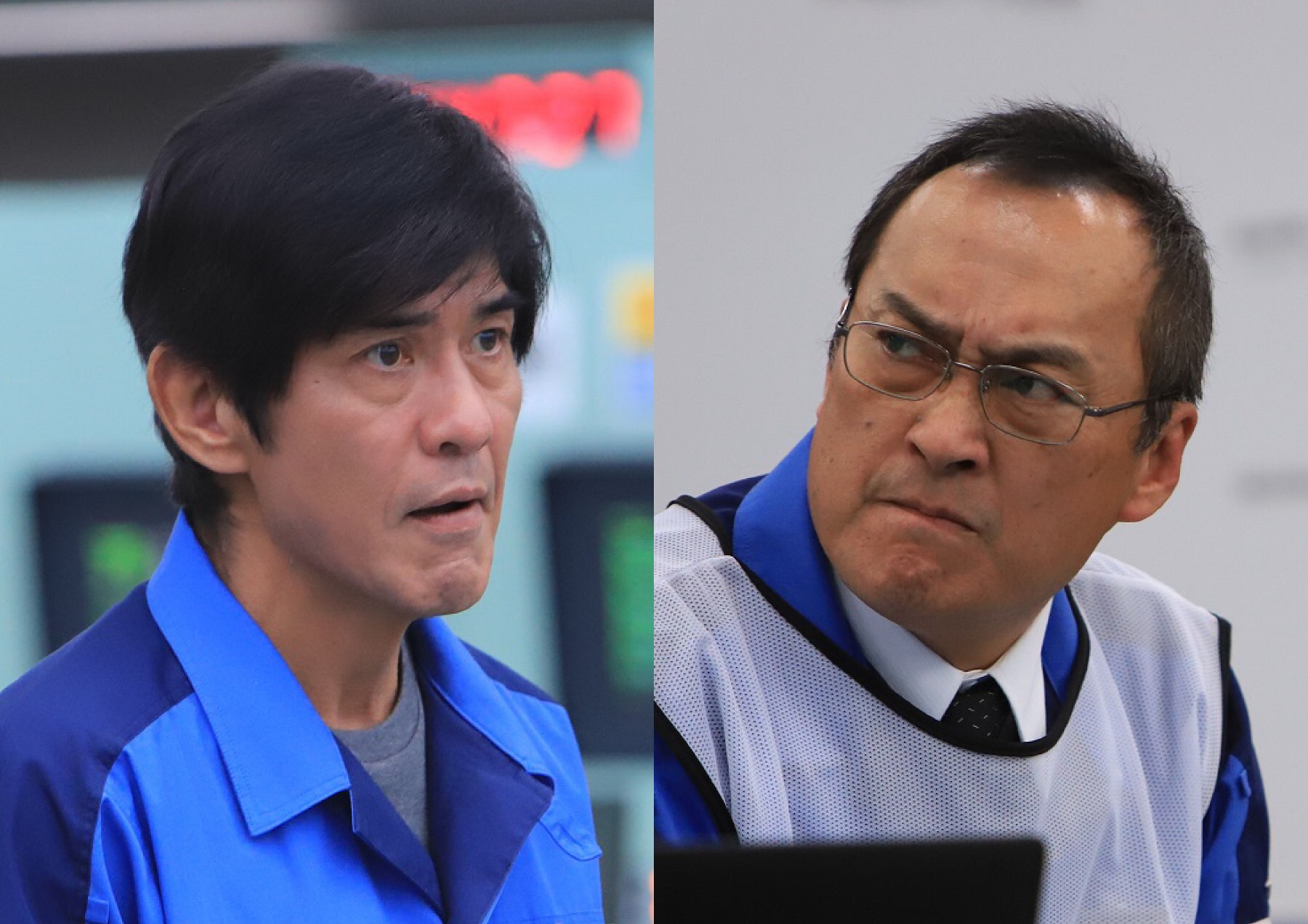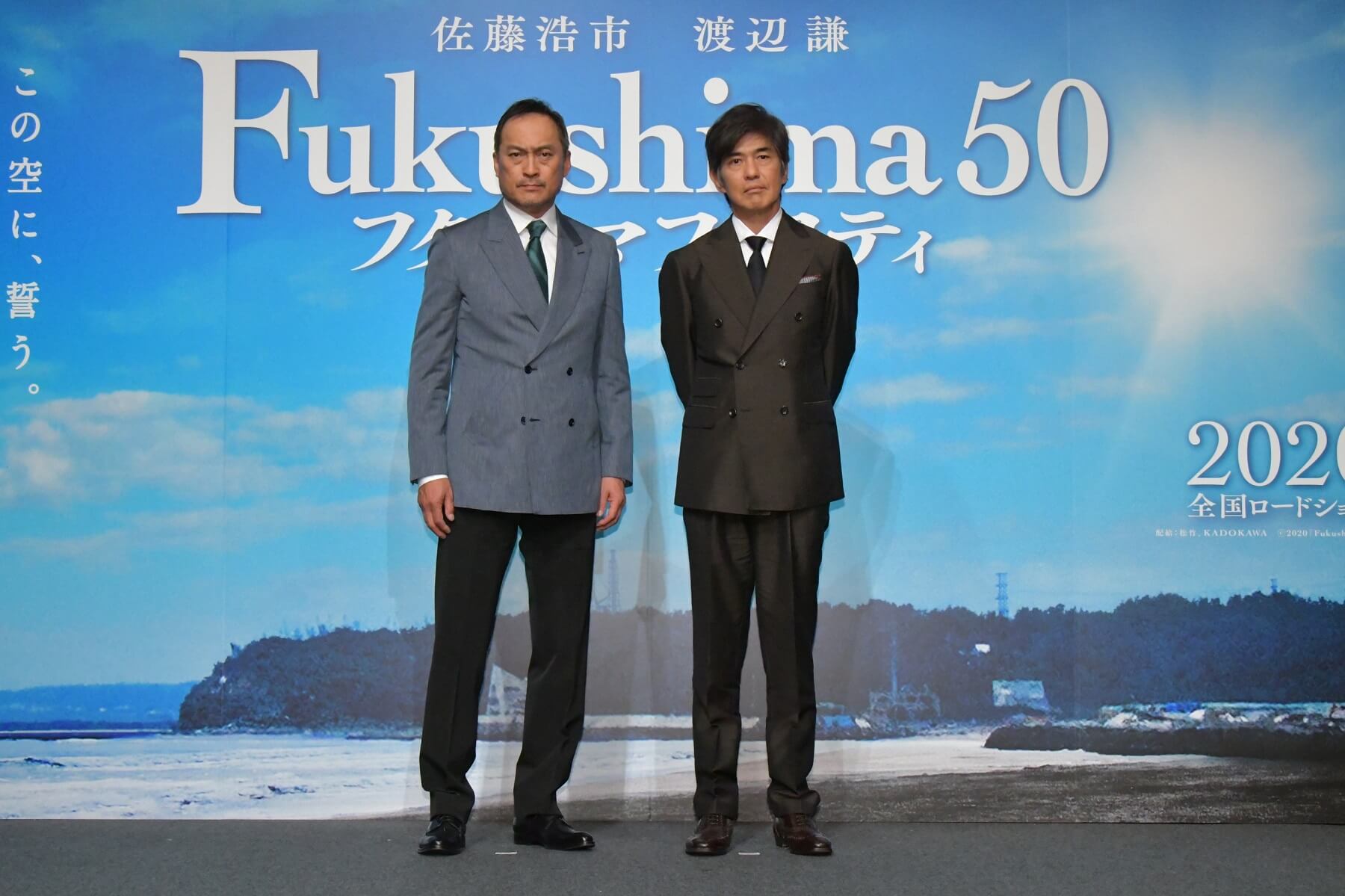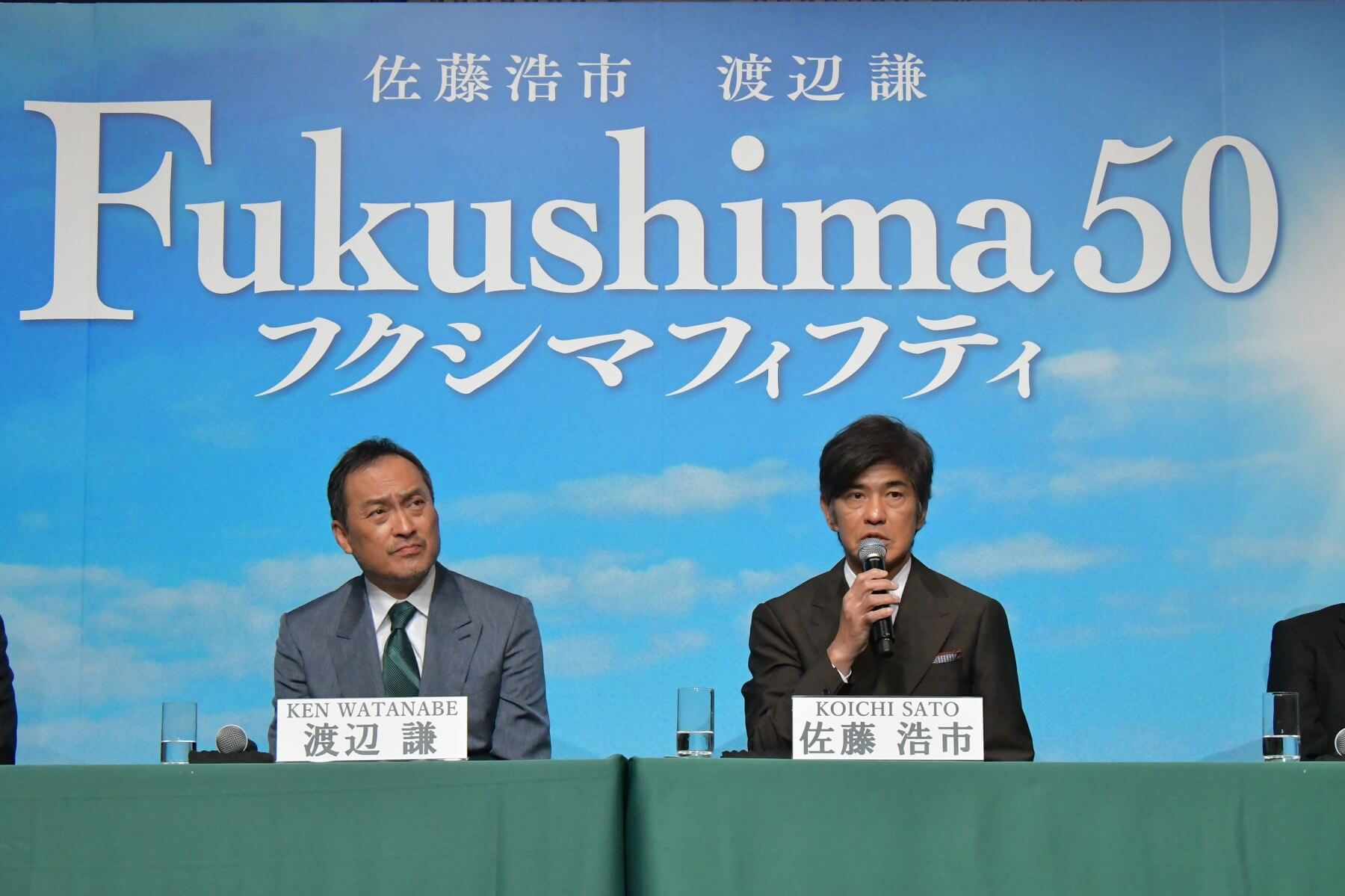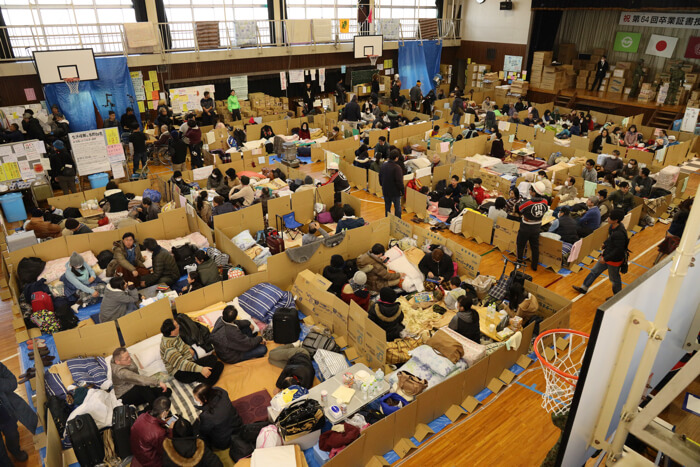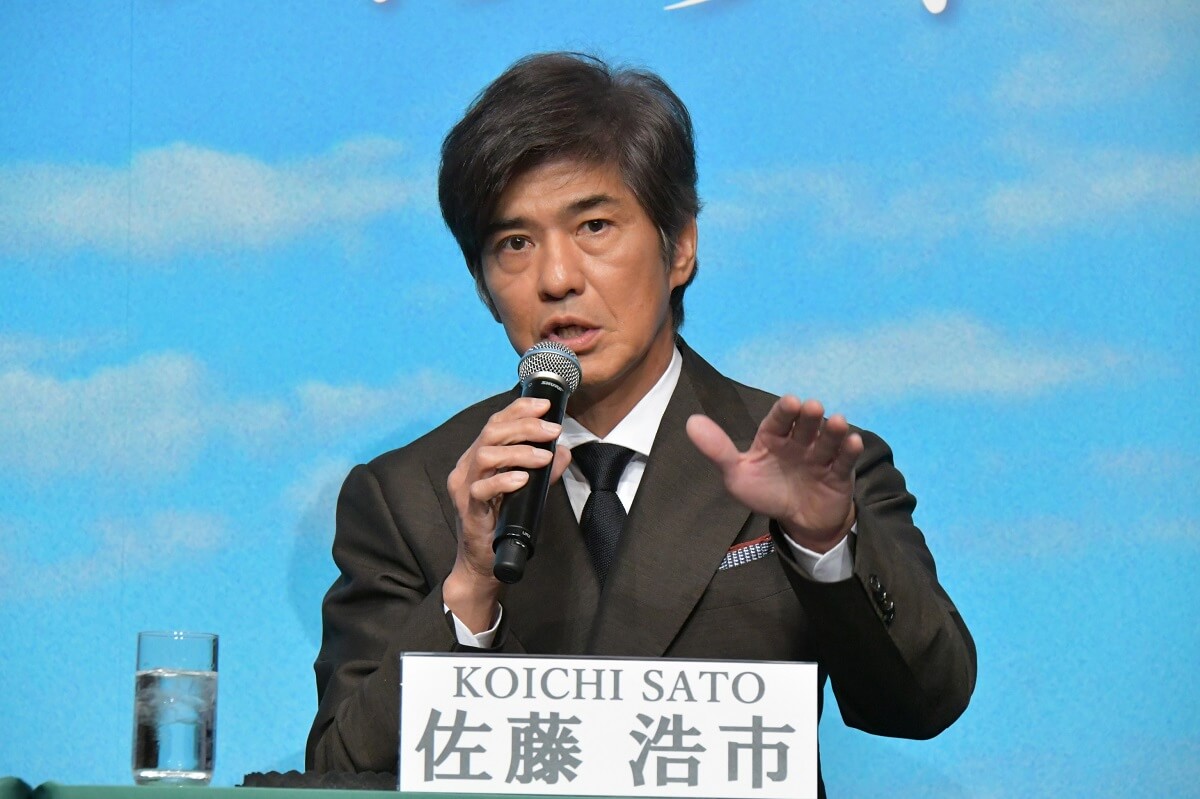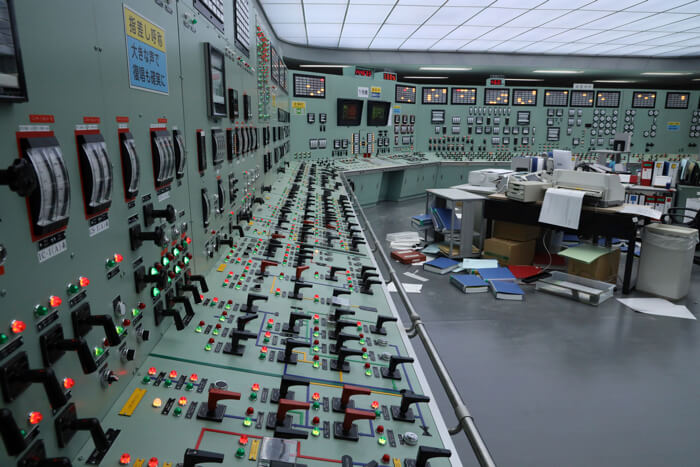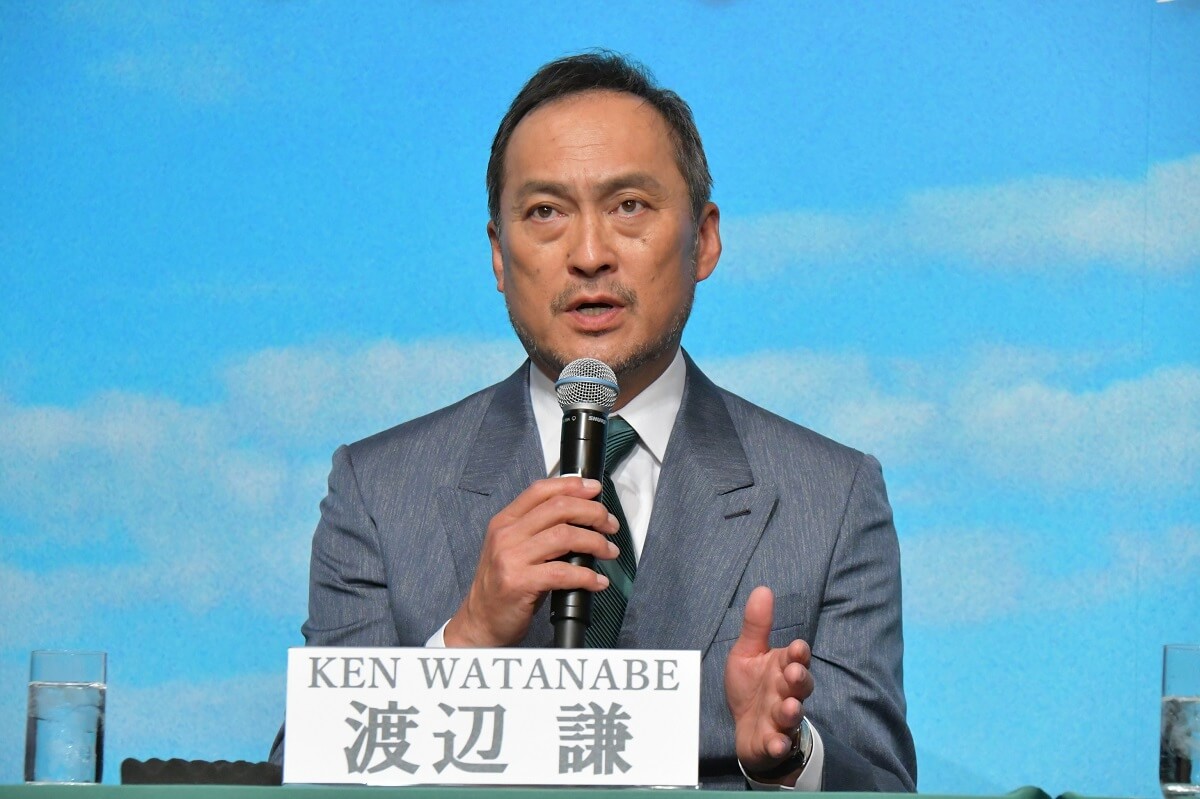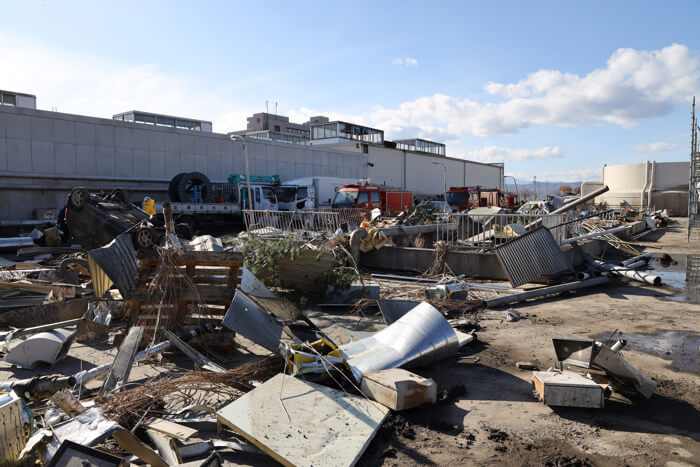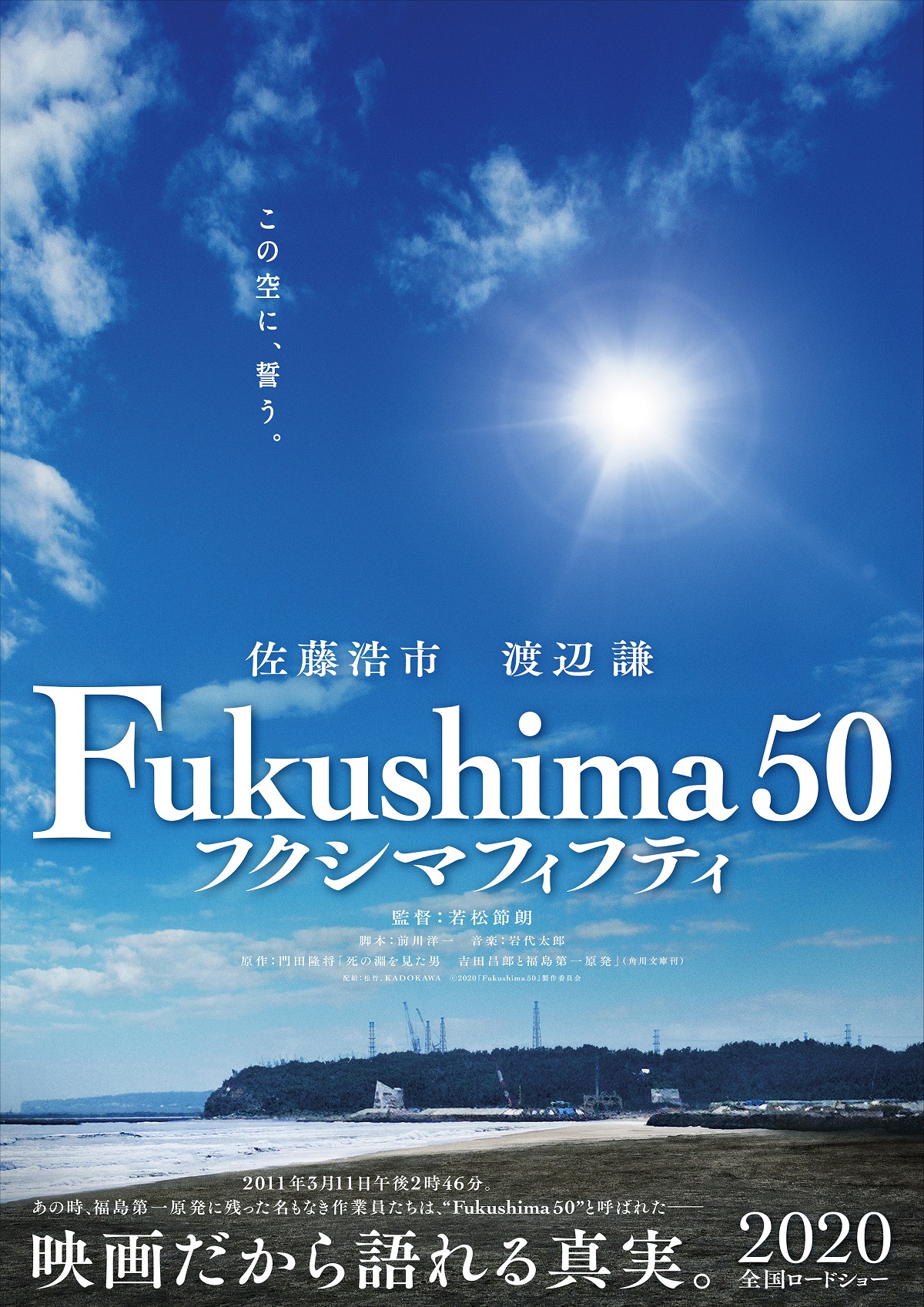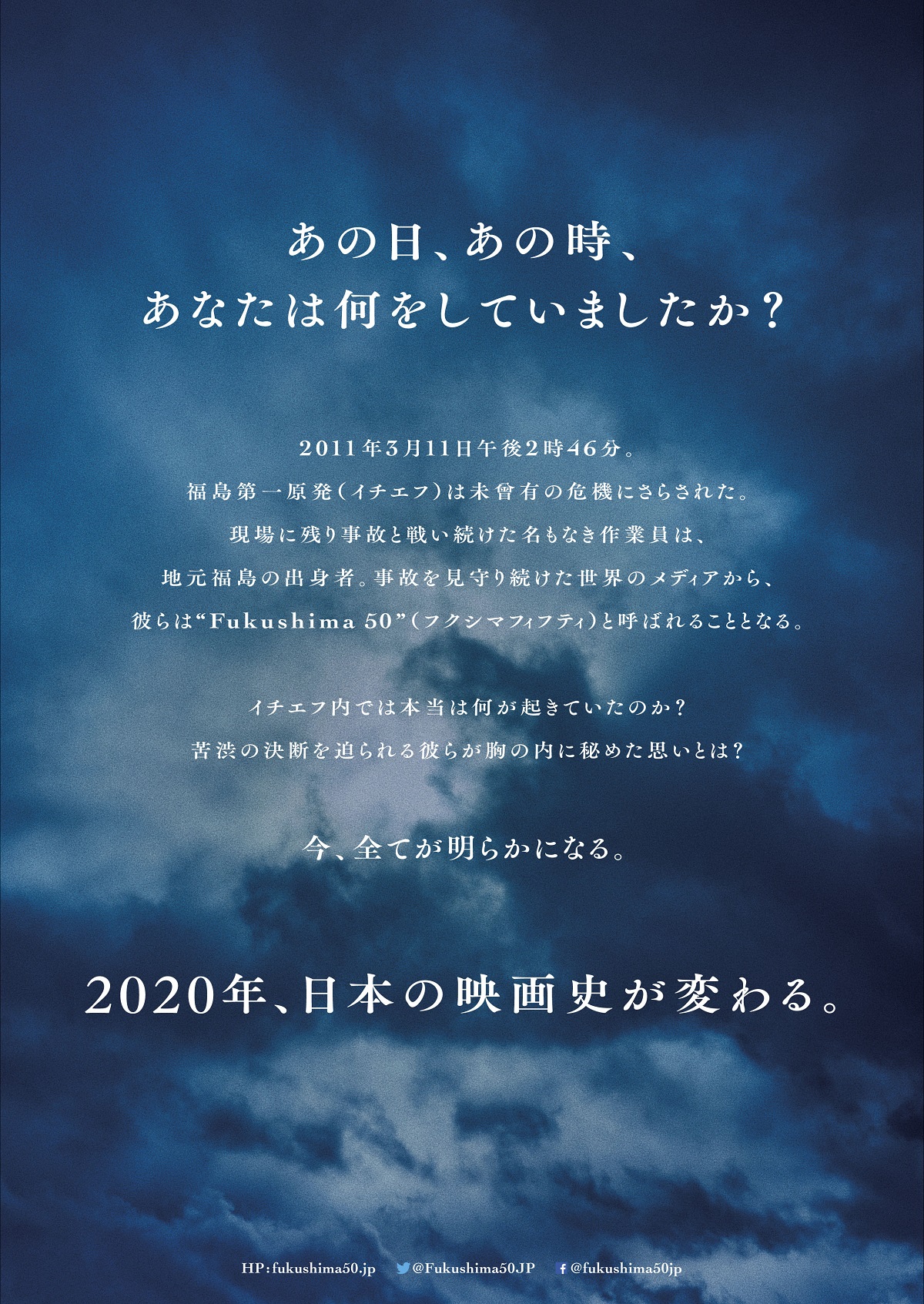Fukushima 50 is an upcoming film based on the non-fiction book On the Brink: The Inside Story of Fukushima Daiichi by Japanese journalist Ryūshō Kadota. It will be released on March 6, 2020.
The film will discuss the Fukushima Daiichi nuclear disaster that occurred after the 9.0 magnitude Great East Japan Earthquake on March 11, 2011 which stands as the largest ever earthquake recorded in Japanese history.
The film’s title refers to the pseudonym given by the media to the 50 employees that remained on the site after the nuclear power plant disaster. It will show the reality that the group faced that only they knew from being inside the plant and in the face of death.
Members from the film’s cast including Kōichi Satō, Ken Watanabe, Naoto Ogata, Mitsuru Hirata, Masato Hagiwara, Shiro Sano, Narumi Yasuda, as well as the director Setsurō Wakamatsu, all attended the film’s world premiere held at Tokyo International Forum on Sunday (January 26).
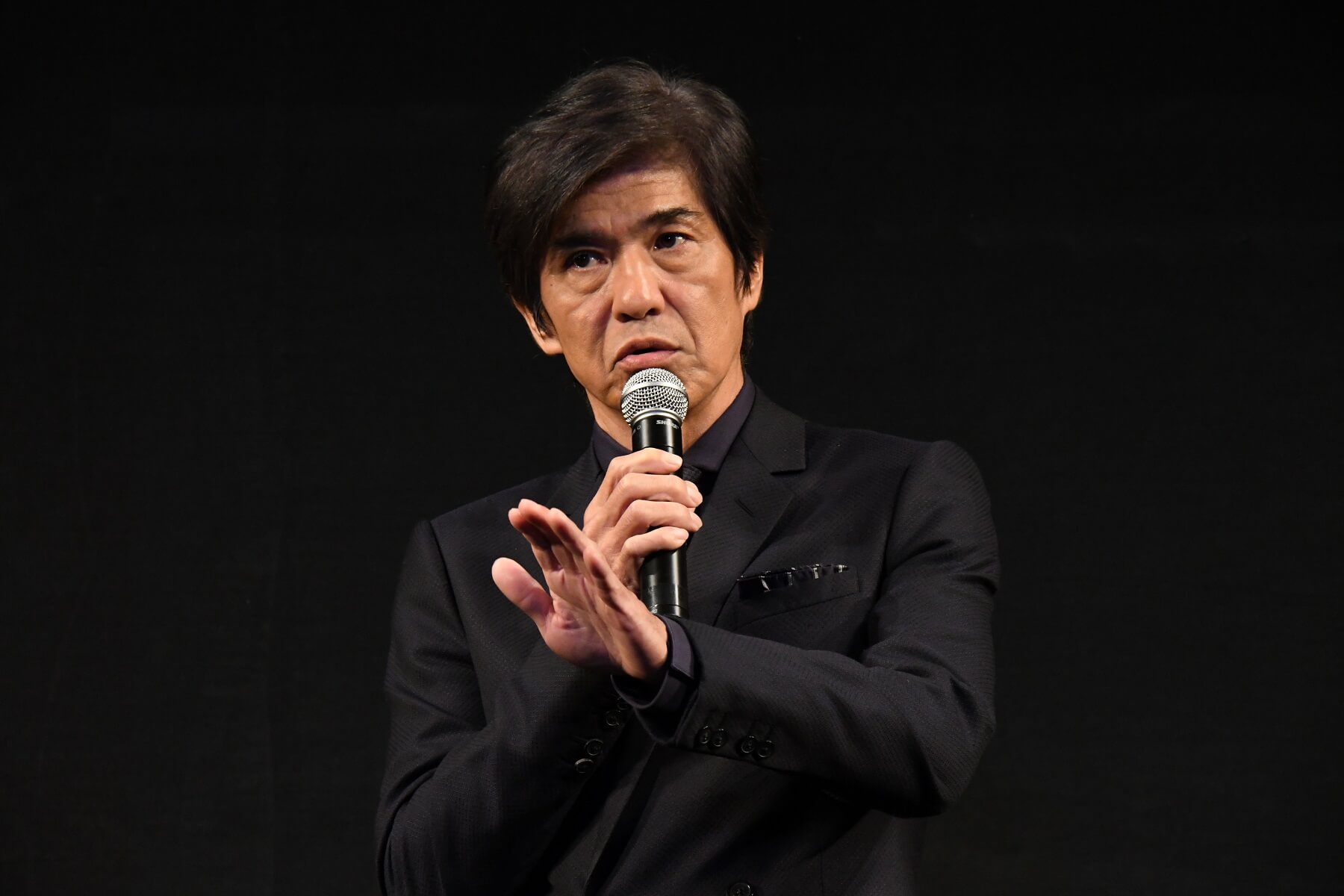
During the talk session at the world premiere, Sato was asked about his current mental state in relation to the film finally being released, to which his response began with mentioning the film having been premiered at Koriyama Theatre in Fukushimaーthe prefecture in Japan where the nuclear disaster struckーas part of a campaign where he and Watanabe visited numerous locations across Fukushima.
He said: “We premiered this film in Fukushima the other day as part of a campaign. I knew we had to begin in Fukushima, and having this film seen by the people of Fukushima was a terrifying thing. Before the scene with the tsunami was shown, we had to show a trigger warning that said, ‘Visual imagery of a tsunami is about to be shown.’ If we hadn’t done that, we wouldn’t have been able to show it to the people. They had to watch very distressing scenes in a dark movie theatre, so it was scary to have them see it, like victims of the disaster, people who have friends and family who were victims, the people of Fukushima and that of Miyagi, so it was important we overcame that. When I watched this film to the end, I knew it would be one that would go down on record and remain in peoples’ memory. Fukushima was the first place I took that full knowledge to. And today, the people of Tokyo will see it, and after that I’ll take those thoughts around the rest of the country.”
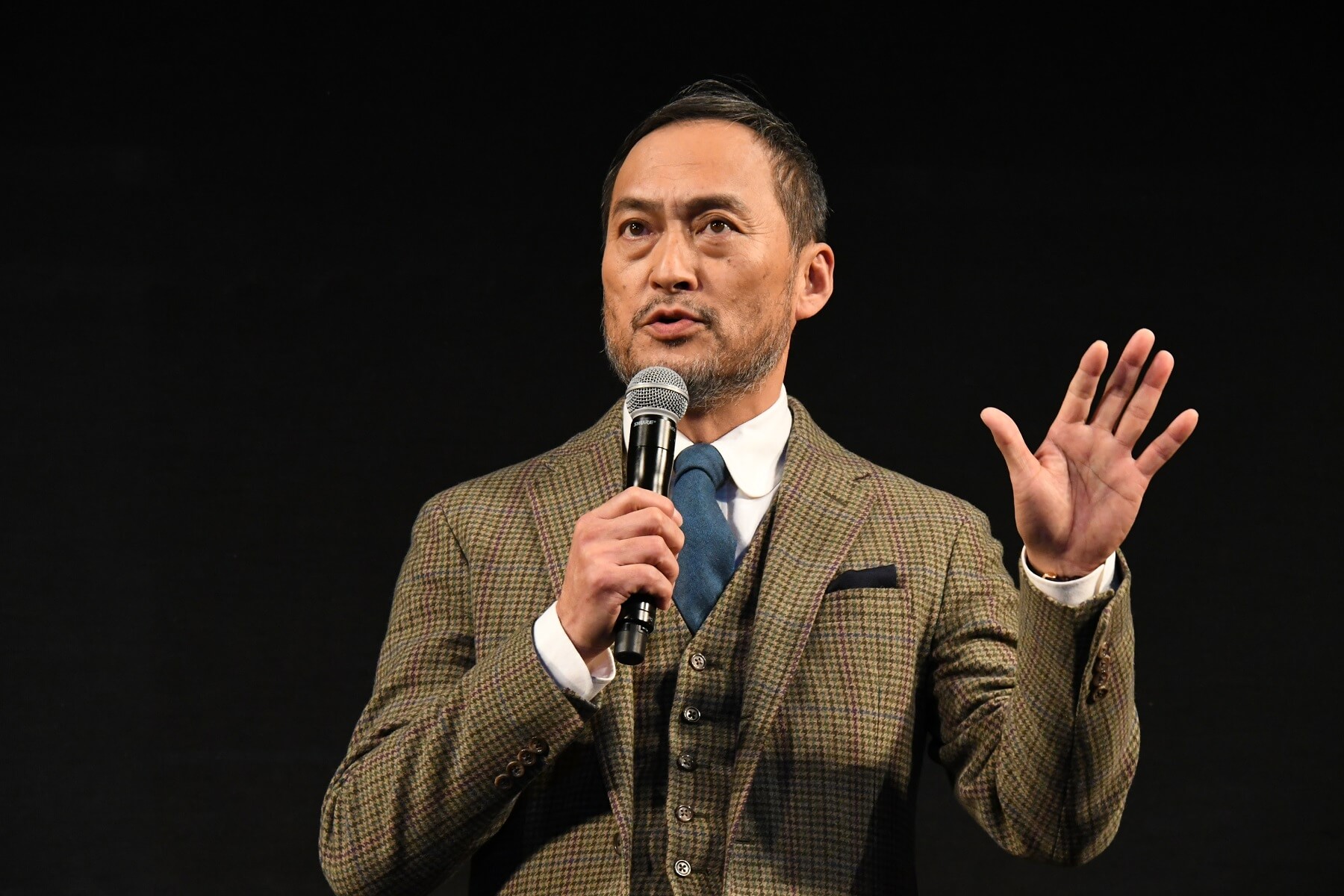
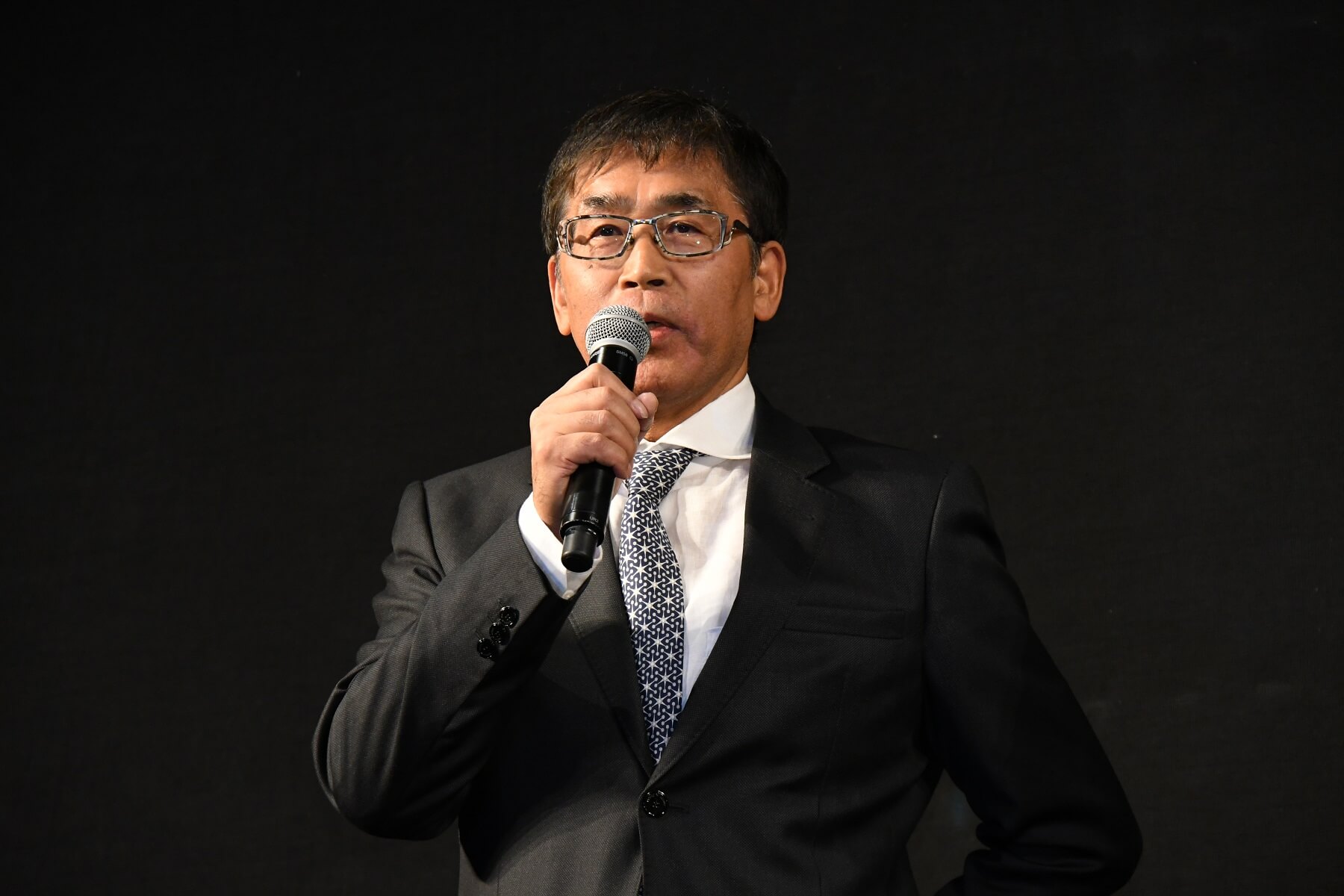
Next to speak was Watanabe, who also spoke about the campaign. “I interviewed someone who had been a high school student in Koriyama at the time of the disaster and had gone on to become a TV announcer. The words he said to me gave me confidence to be able to put this film out there. He said, ‘At first, my body wouldn’t stop trembling, and even though I knew I had to pull through to the end, my heart felt like it was going to break partway through. [At the time,] there was no electric, and I couldn’t get to a phone or computer. There was a lot of different news flying around [about what happened,] but seeing this film has given me the chance to see what it was really happened. And I thank you for that.”
The film’s director Wakamatsu followed up on Sato and Watanabe being involved in the campaign, saying: “The two of you were there for the people of Fukushima. You gave your time to talk to them, which made some people cry before the film started. When they had finished watching the film, it made me happy hearing them say, ‘Thank you for making a film like this.'”
Sato was also questioned on the atmosphere on set during the rigorous film shoot. “The movie is filmed in chronological order of how events unfolded, so me and the other members in the main control room had a lot of thoughts while on site. As each scene came together, I became very aware of how it felt like we were all in the same situation. I felt like we were one, in a different way to any other film.”
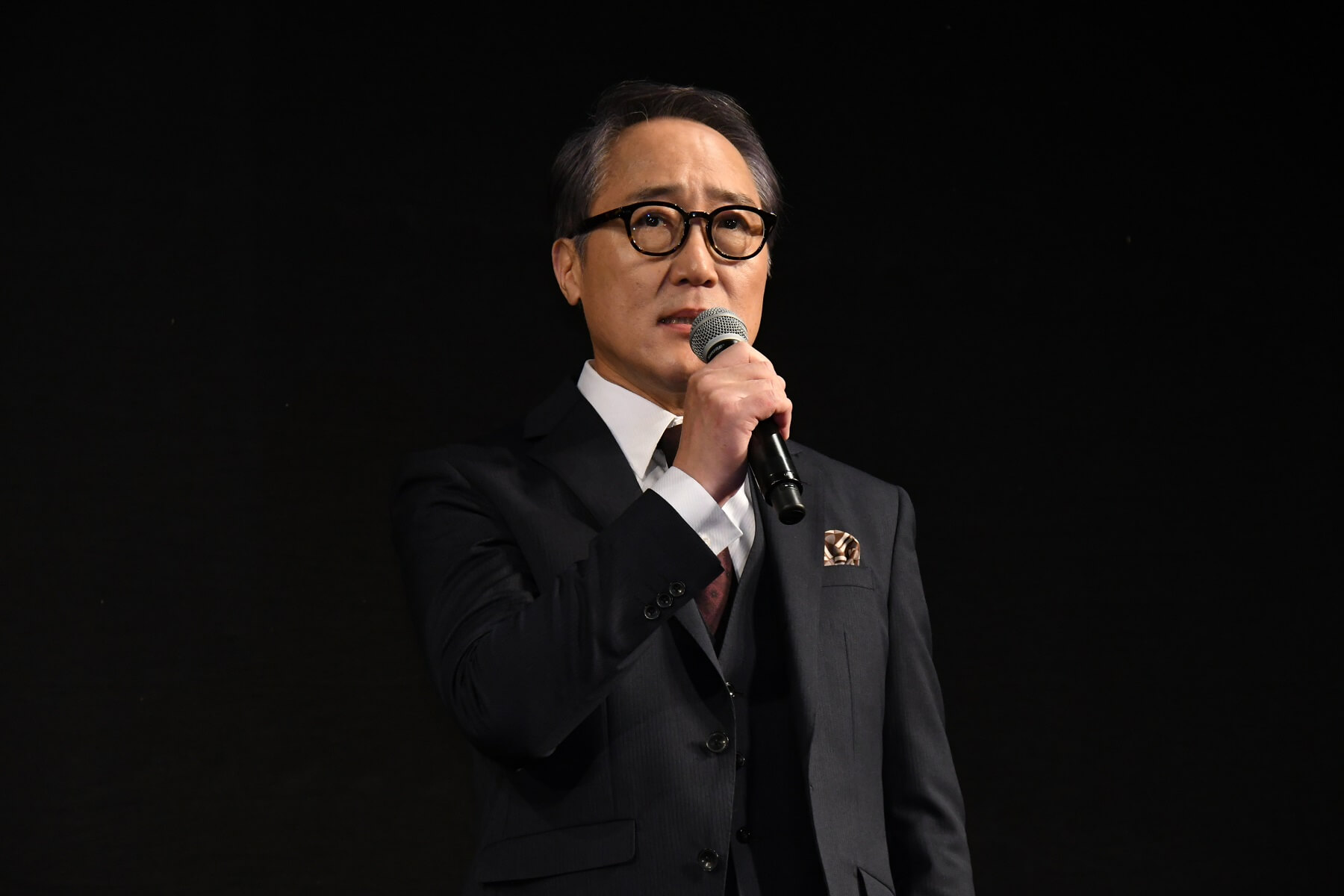
Shiro Sano, who plays the role of the Prime Minister at the time of the disaster, said: “People often say to me, ‘So you’ve accepted this role this time.’ I wonder why they say things like that. <laughs> I have all the information now so I can talk about what happened during that time, but at the time I didn’t understand any of the information, or how I should judge the situation. If the Prime Minister at the time had stayed motionless in Tokyo without acting, he would have been criticised. But honestly, if we don’t look at the actual site, we can’t make judgements.”
After each cast and staff member gave their comments, the MC announced that Fukushima 50 is set to be released in 73 countries worldwide.
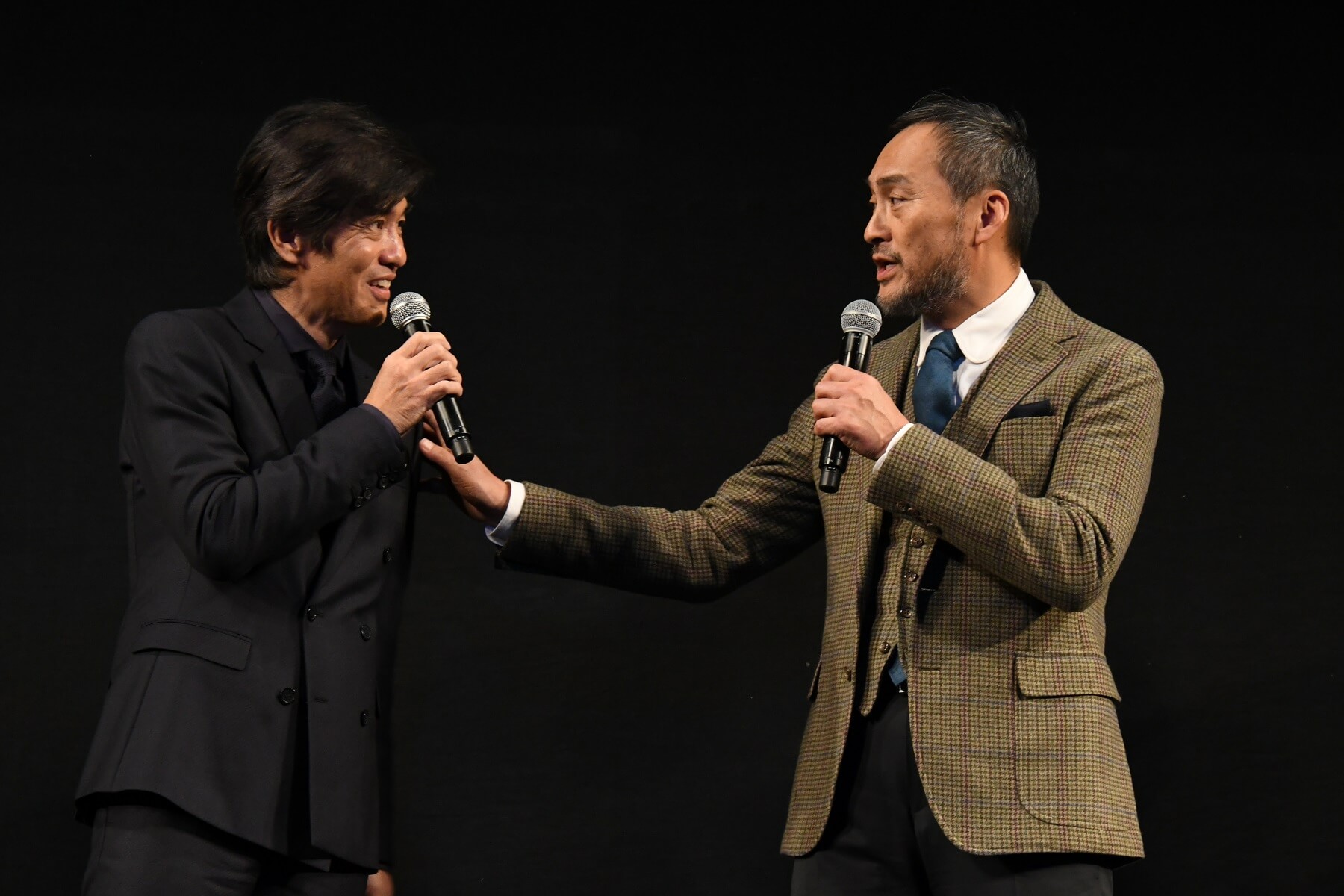
At the end of the panel, Watanabe said: “If you’re wondering why the title of the film is written in English, it’s so after we have delivered this film from Koriyama in Fukushima to Tokyo, and then the rest of the country, it’s heading out there around the world. I have no doubts that those who watch this film will feel some kind of wonderful power.”
Sato also gave a closing statement: “Disasters are things that leave deep scars and after-effects. Our small contribution to that negative legacy should serve as a baton to pass it on to tomorrow, and into the future. I ask all of you to pray for that negative legacy to be changed into a legacy for tomorrow.”
©2020 “Fukushima 50” Production Committee
Information
Fukushima 50
Release Date: March 6, 2020
Based On: On the Brink: The Inside Story of Fukushima Daiichi by Ryūshō Kadota
Production: KADOKAWA
Distribution: Shochiku Company Limited, KADOKAWA
Official Website: fukushima50.jp
Kadokawa Pictures Website: https://www.kadokawa-pictures.jp/official/fukushima/

